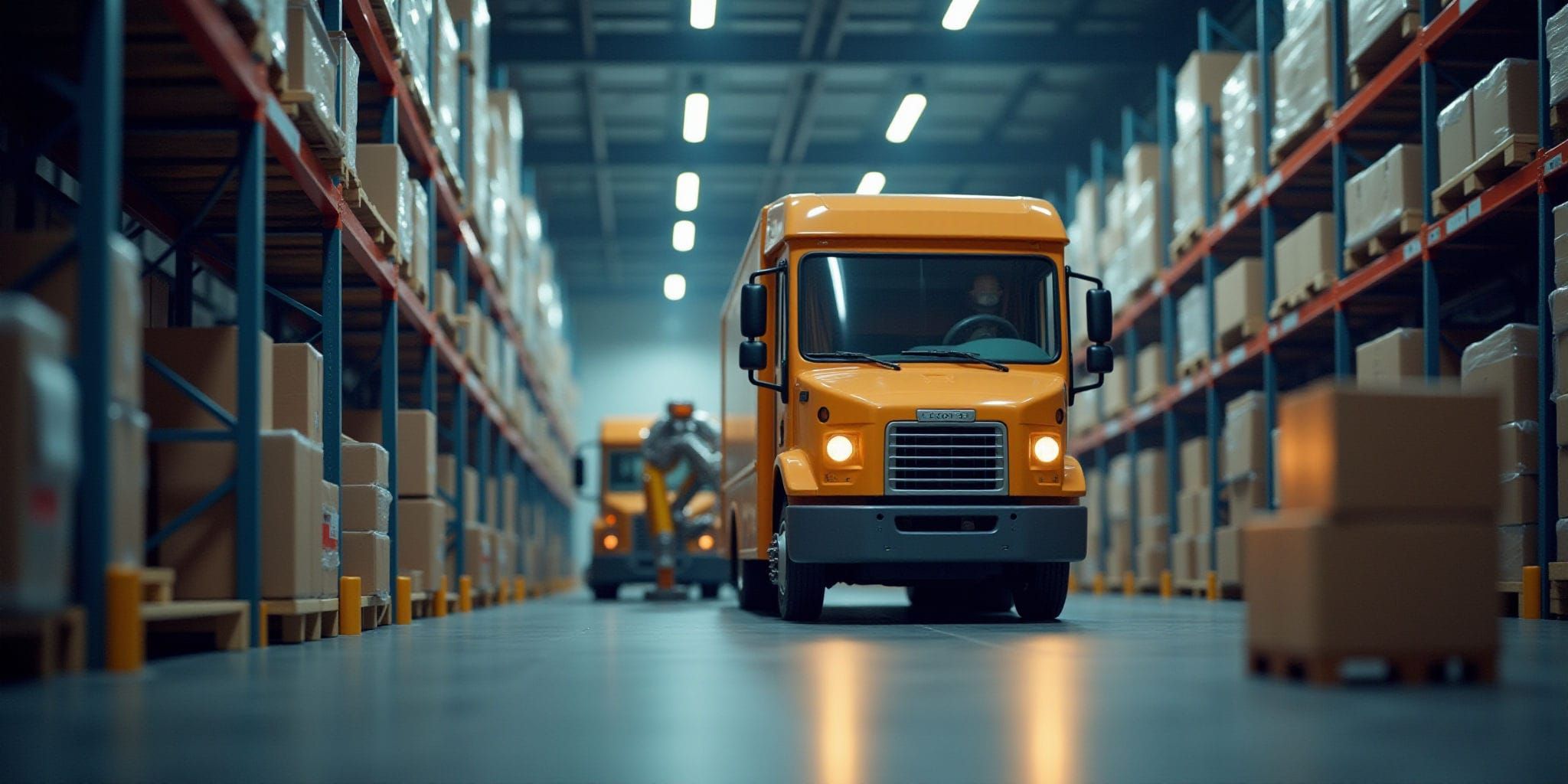March 7, 2025

In the rapidly evolving landscape of logistics, innovation and technology are key drivers of efficiency and competitiveness. As e-commerce continues to surge, the demand for quick and efficient parcel delivery has increased exponentially. This industry trend underscores the critical need for logistics companies to optimize their operations, reducing costs and enhancing service delivery. A recent development in this space is UPS' Happy Returns exploring automation strategies—highlighting a pivotal shift towards robotics and advanced systems to handle the intense demands of modern logistics.
The latest article from Max Garland at Supply Chain Dive focuses on UPS’ Happy Returns and their pursuit of increased automation following a successful peak season. This strategic move is characterized by the company's exploration of deploying robotics for unloading trucks. The intention is not just to enhance operational efficiency but also to address the physical demands placed on workers. By integrating robotics within their process, UPS aims to maintain a competitive edge by ensuring faster turnaround times and mitigating the labor-intensive nature of traditional logistics tasks.
The use of automation to unload trucks marks an important advancement. It is a step towards minimizing manual labor and reducing the associated risks that come with it. This technology enables UPS to boost productivity, cut down on human errors, and potentially lower operational costs in the long term. The exploration and adoption of such automated systems illustrate an industry-wide push towards technological integration within logistics operations.
For logistics professionals and companies, the integration of automation as seen with UPS’ Happy Returns presents numerous implications. Firstly, it highlights the increasing necessity for logistics firms to adopt cutting-edge technologies to stay competitive. With the advantages of robotics come the potential for significantly enhanced efficiency and a safer working environment—factors that are becoming critical in attracting and retaining skilled labor.
Furthermore, the move towards automation can lead to shifts in workforce dynamics, necessitating a reevaluation of skills and training. As traditional roles evolve, the demand for technical and analytical skills will rise, prompting companies to invest in employee upskilling initiatives.
From a broader supply chain perspective, robotics could significantly improve the resilience and agility of logistics networks. Automated processes are often faster and more reliable, allowing companies to better handle peak periods and unexpected disruptions. This could lead to more stable and consistent supply chain operations, allowing businesses to meet consumer demands more effectively.
As the logistics industry grapples with the challenges of increased demand and evolving market expectations, automation emerges as a vital tool for future-proofing operations. UPS’ Happy Returns' initiative serves as a testament to the potential of robotics to transform the landscape of logistics by providing more efficient, safe, and cost-effective solutions. As these technologies continue to advance, it is imperative for logistics professionals to stay informed and adaptive to these changes. Embracing innovation will not only enhance business operations but also ensure that supply chains are robust enough to weather the uncertainties of the future. Stay tuned to developments in this space as the integration of automation in logistics is poised to redefine industry standards like never before.